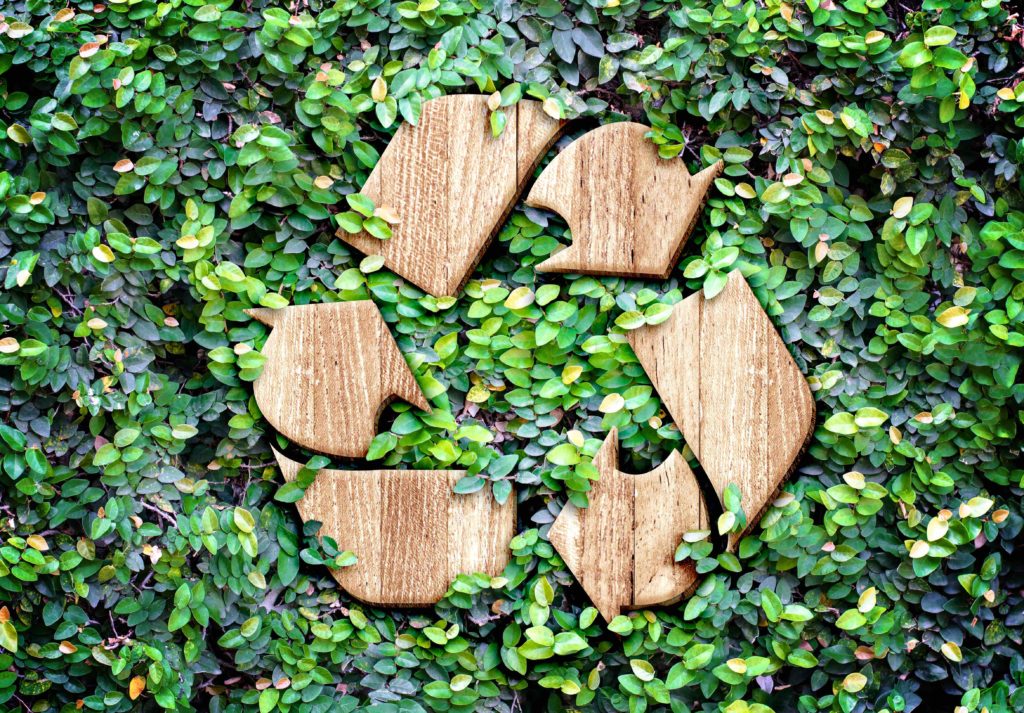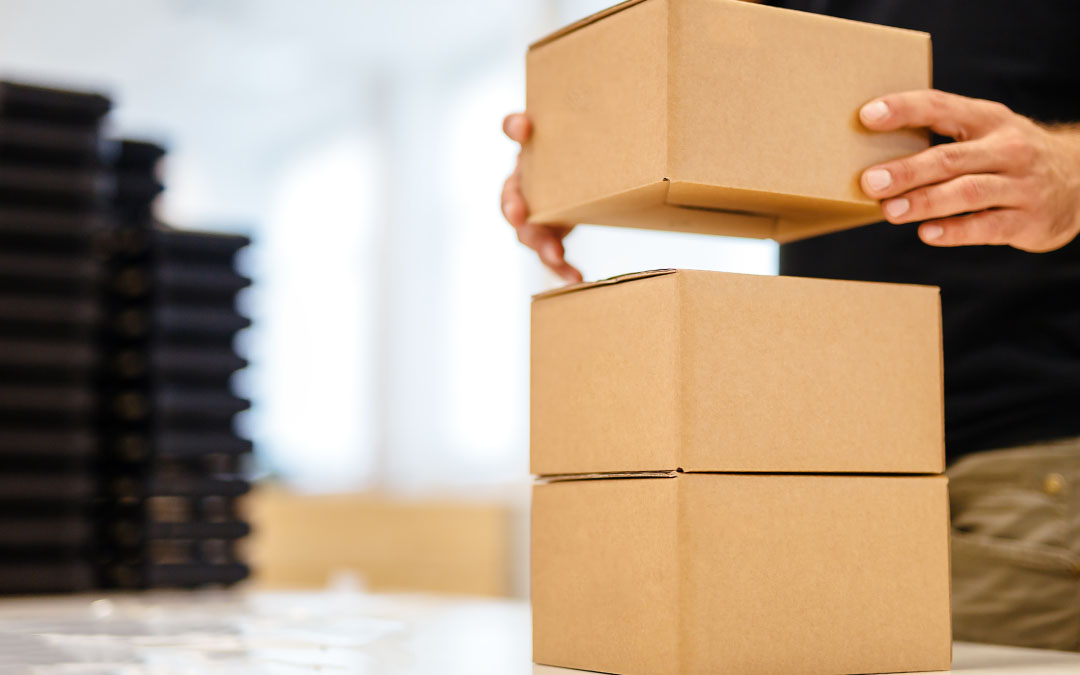

:2021-06-18 来源:packaging gateway 分类: Market
The recent inflationary trend in paper packaging costs is expected to be long-lasting, with the growth of online retail putting more pressure on supply. This could delay retailers’ and brands’ adoption of sustainable packaging practices or even put it at risk.
Paper packaging prices increased last year, especially towards the end of the year, due to the rising cost of recycled input material amid reduced recycling rates as well as higher freight costs.
Most importantly, demand for paper packaging is set to rise further due to the growth of online retail and mounting consumer pressure for brands to adopt sustainable packaging practices.
Expectations of an inflationary trend in paper packaging costs
Many paper manufacturers have announced price increases since the beginning of the year, which may be prolonged due to tight supply conditions. International Paper CEO Mark Sutton said that recovered fibre costs will be $15 to $20 higher in the first quarter of this year than in the last quarter of last year, attributing this to increased costs of recovery and distribution of fibre from old corrugated containers (OCC).
WestRock chief financial officer Ward Dickson said the company anticipates a “meaningful increase” in OCC prices this year compared to last year, predicting sequential increases of $15 to $20 for the first two quarters and $5 for the last two. The company recorded a $36/t increase last year compared with 2019, driven largely by higher logistics costs.
Some of the largest paper packaging manufacturers in Europe, including Sappi and DS Smith, have already announced price increases of 7% to 11%.

Reduced recycling rates are a key factor limiting supply
The availability of recycled raw materials is crucial for the supply of paper packaging. Recycled OCC accounts for 60% to 80% of the production of paper and paperboard packaging worldwide, meaning that packaging manufacturers are sensitive to the availability of such input.
Recycling recovery rates have reduced as more packaging ends up in households through online retail, which tends to recycle less than physical stores, while the quality of recycled material is lower due to spoilage or mistreatment.
The fact that a significant volume of packaging has shifted from the commercial sector (retail and food service), where the recovery of packaging materials is more efficient, to households, where recycling is optional and the recovery process is longer and more expensive, has tightened supply in the paper packaging sector.
This impact on the recycling chain could become permanent if online retail continues to grow and recycling systems do not adapt accordingly.

Demand will continue to outpace supply as online retail grows
The Covid-19 pandemic has accelerated the transition to online retail ‒ a strong uptake of online shopping by consumers has boosted demand for cardboard containers and other forms of paperboard packaging.
The rapid growth of demand has already outpaced the production of paper, resulting in higher packaging costs and even shortages of paper packaging products. Demand is set to stay high due to the continuous uptake of online retail and consumers’ positive view of paper packaging compared to other recyclable materials.
According to MarketLine’s forecasts, the volume of the global paper and paperboard market is set to grow at a continuous annual growth rate (CAGR) of 2% between now and 2024. In the meantime, it will take time for paper packaging manufacturers to increase their output by investing in more facilities to meet that demand, and brands and retailers will need to rethink their sustainable packaging strategies.